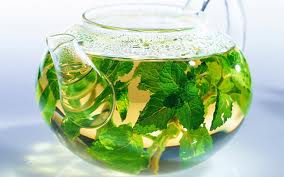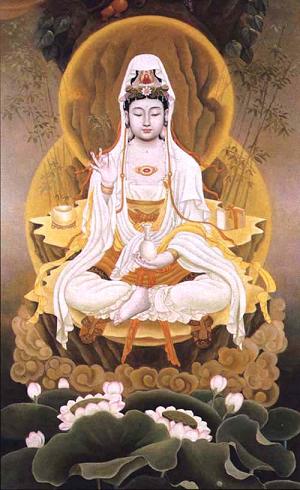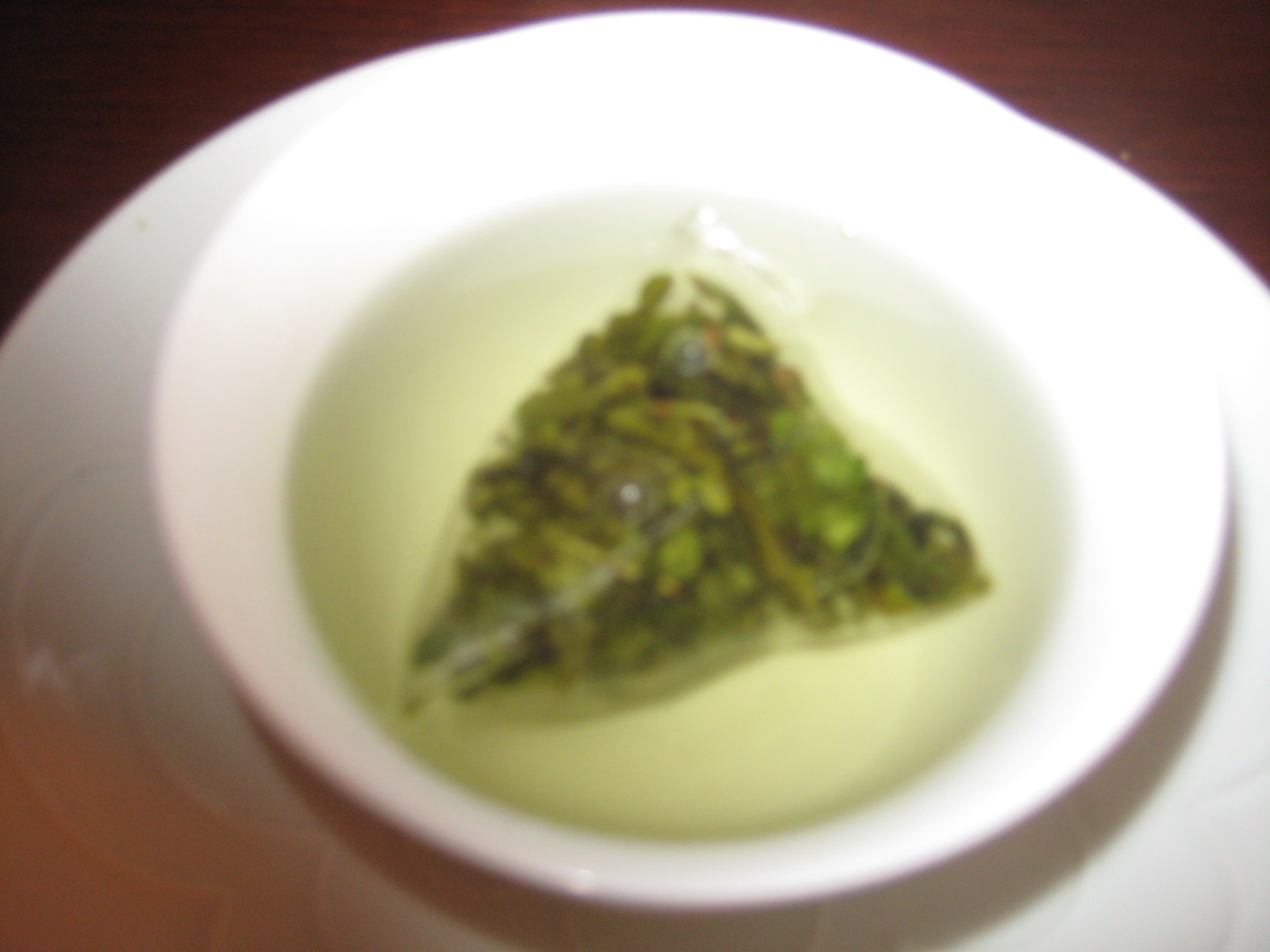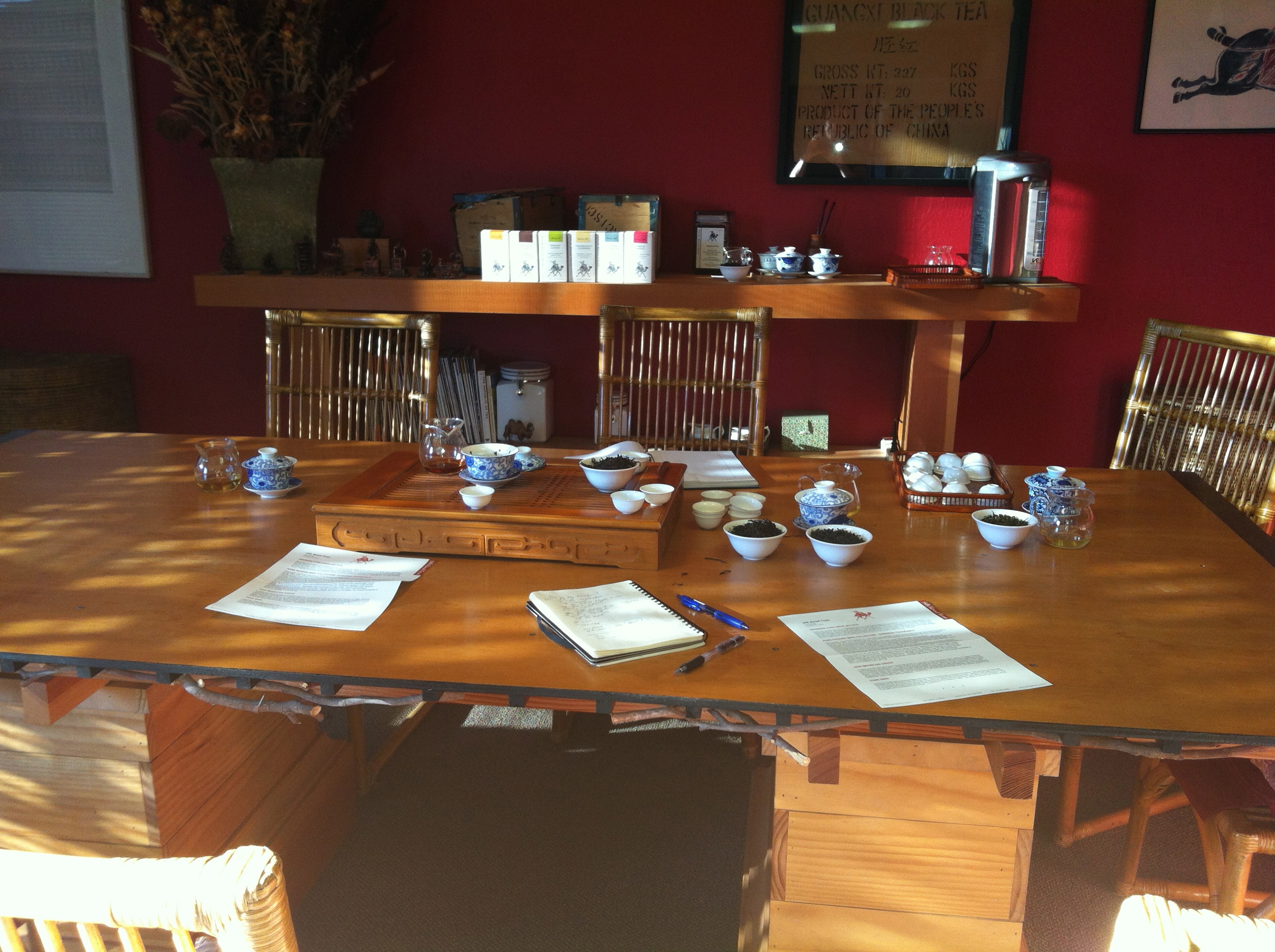
Not true! Common misconceptions about tea
After a long teabreak, LTR is back with a pressing issue: Tea may be the world’s most popular drink, but the amount of misleading and downright wrong information is breathtaking. On one side are the tea cognoscenti who can rattle off the difference between white, green and yellow tea, talk about oxidation and the fine points of first vs. second flush; on the other, are those who just want to go beyond Liptons, who could care less about terroir, and buy a box of green tea “because it’s good for you.”
In the interests of those who are slowly falling into the leaf life, LTR asked two leading experts and tea purveyors on opposite sides of the coast their take on major tea misconceptions. Based in San Rafael, Californian Ned Hagearty is the founder of Silk Road Tea .( See The Purist of Silk Road | Lilac Tea Room) You can order his teas from www.silkroadteas.com
On the East Coast, Phil Parda has an encyclopedic knowledge of tea, owns The Savvy Tea Gourmet in Madison, (voted best tearoom in Connecticut), which offers fine teas, seminars and treats. He also and teaches at the Specialty Tea Institute. You can buy his tea online at pparda@worldsourceintl.com
So, what do these experts think are major tea misconceptions?
Myth #1: Herbals are tea.

C’mon people! Nothing wrong with a soothing tisane of chamomile or mint, or even licorice, but that’s like equating elderberry juice with champagne. Both have their purpose, but they are not the same. And that’s tisane, not tea.
Myth #2: Caffeinated tea is bad (myth from Phil) and black tea has the highest in caffeine content (myth from Ned). Among a certain segment, caffeine means tremors and insomnia; others flock to jacked up foods and synthetic drinks, and stare awake coffee. But the caffeine in tea is simply different. Unlike coffee, it does not pry your eyes open, but it tempers the effect of caffeine, which makes tea energizing without the jingle jangle. Centuries ago, tea is Japan was given to monks to help them stay awake.
The degree of caffeine in tea depends upon factors such as: leaf age and degree of oxidations. Young, frisky leaves picked fresh up the stem have more caffeine; older leaves less. (For more on this, go to LTR’s three-part series on explaining caffeine in tea.
 Myth #3: The best teas are flavored (this from Phil). If you think that your cup of flowers with green or mango/coconut/ black tea or chocolate oolong is the last word in delicious, you are cheating yourself. A pure, golden monkey (Jin Hou) or delicate darjeeling leaves all those flavored teas in the dust. Remember hazelnut and chocolate coffee? Back in the day when coffee was becoming something more than caffeinated brown water, they were go-to cups for novice drinkers. Would be nice if that’s where tea is headed. And only a few companies can do flavored teas with finesse. (Georges Cannon of France is one of the giants in this area.)
Myth #3: The best teas are flavored (this from Phil). If you think that your cup of flowers with green or mango/coconut/ black tea or chocolate oolong is the last word in delicious, you are cheating yourself. A pure, golden monkey (Jin Hou) or delicate darjeeling leaves all those flavored teas in the dust. Remember hazelnut and chocolate coffee? Back in the day when coffee was becoming something more than caffeinated brown water, they were go-to cups for novice drinkers. Would be nice if that’s where tea is headed. And only a few companies can do flavored teas with finesse. (Georges Cannon of France is one of the giants in this area.)
 Myth #4: All tea should steep for 3-5 minutes.(This from Ned) When you read labels for steeping time, this what you usually see. Wrong! “How is that possible,” writes Ned, “with a Fenghuang oolong or a quality green.”What to do? Experiment! Do what tastes good to you and educate yourself as to optimum steeping time. The website for Silk Road Tea has an excellent guide to steeping times.
Myth #4: All tea should steep for 3-5 minutes.(This from Ned) When you read labels for steeping time, this what you usually see. Wrong! “How is that possible,” writes Ned, “with a Fenghuang oolong or a quality green.”What to do? Experiment! Do what tastes good to you and educate yourself as to optimum steeping time. The website for Silk Road Tea has an excellent guide to steeping times.
Green tea is bitter. (this from Phil). Green tea is one of the more delicate and mind-opening sips. If you steep it for too long – or let the leaves just sit in the pot – chances are you will get bitter. (See previous #4). Use smaller pot, resteep. And watch your water temperature. Do not use boiling water or you will destroy the delicate flavor.
What are your favorite tea misconceptions? Send them along! (Or ask a question — we’ll tell you if it’s true or not)




As someone who drank 3 cups of hazelnut coffee this morning and who was just getting ready for her cinnamon apple “tea” I confess I am rather gauche. Still I do I will confess without a doubt the best tea experiences I ever had were in Sri Lanka no doubt -real tea ummm I crave it still. I believe the tea leaves were the lower grade cut not the export quality. Glad to see the LTR back in business!
I think this is also a misconception that only organic teas are the best tea. However, It has been scientifically proved that even organics have traces of chemical elements in it.